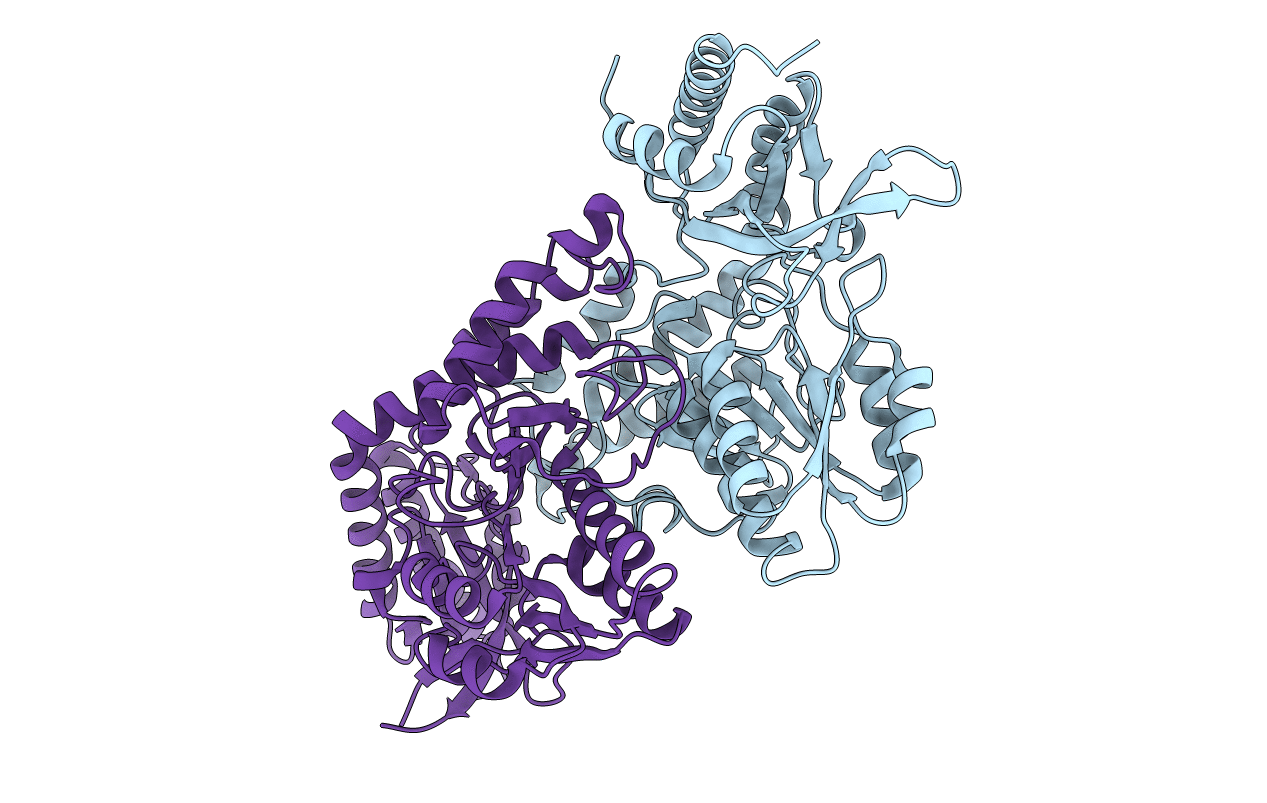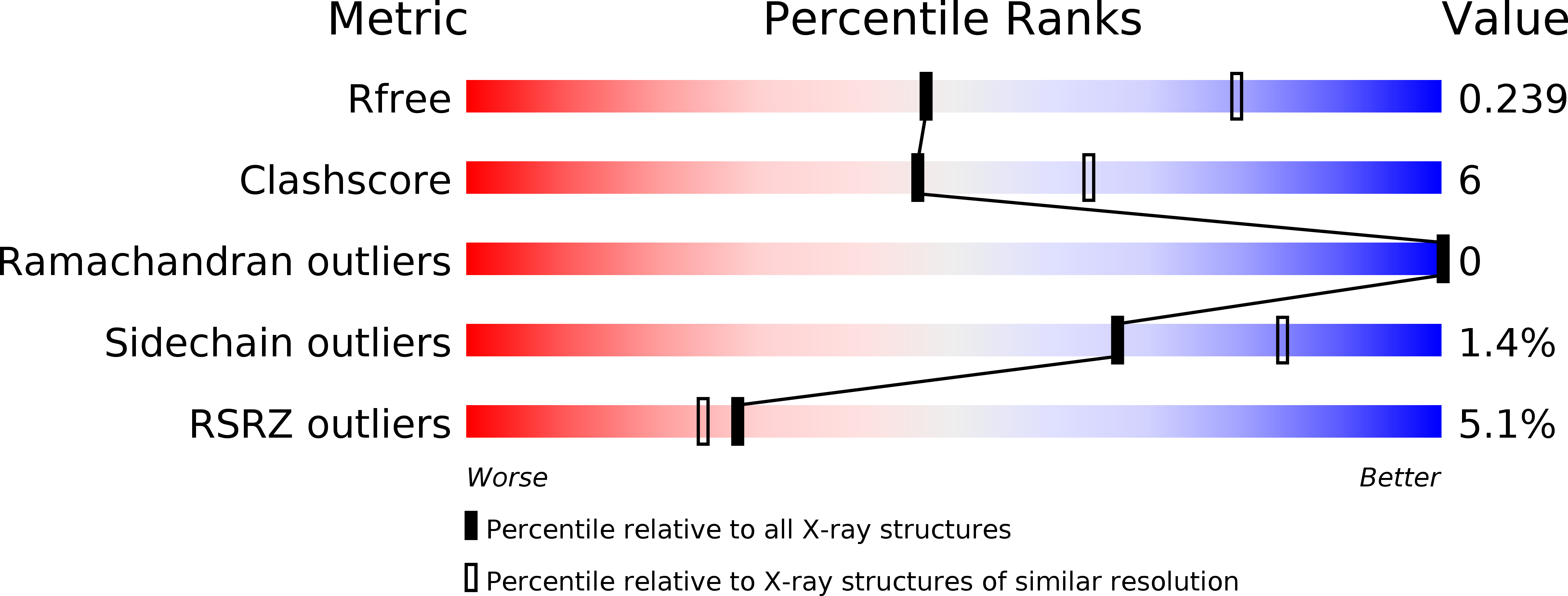
Deposition Date
2018-04-29
Release Date
2019-05-01
Last Version Date
2023-11-22
Entry Detail
Biological Source:
Source Organism:
Hydrogenimonas thermophila (Taxon ID: 223786)
Host Organism:
Method Details:
Experimental Method:
Resolution:
2.57 Å
R-Value Free:
0.23
R-Value Work:
0.21
R-Value Observed:
0.21
Space Group:
P 65


